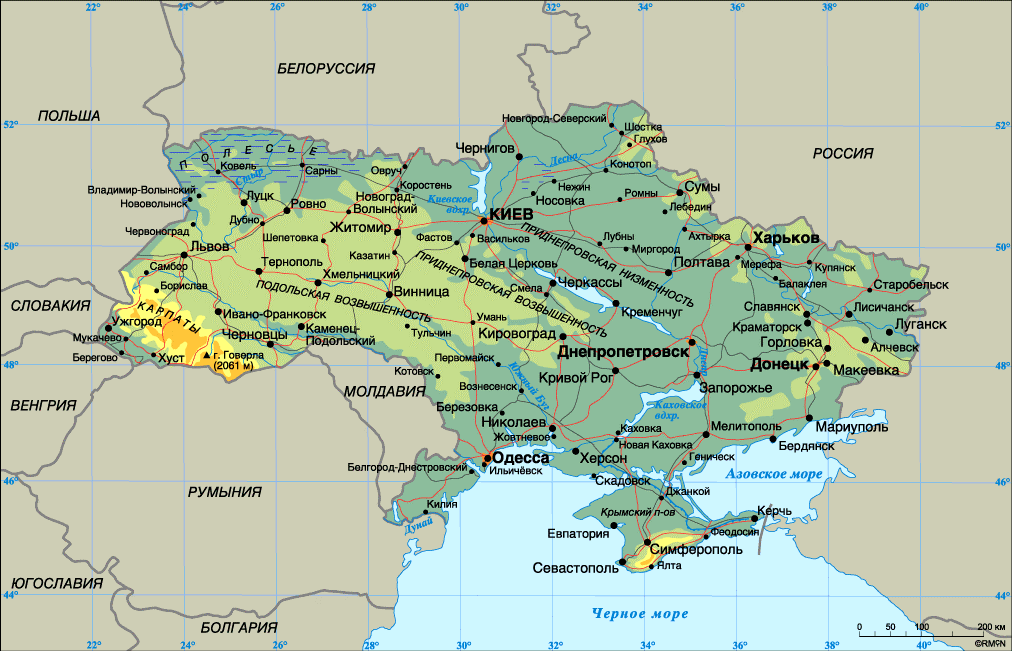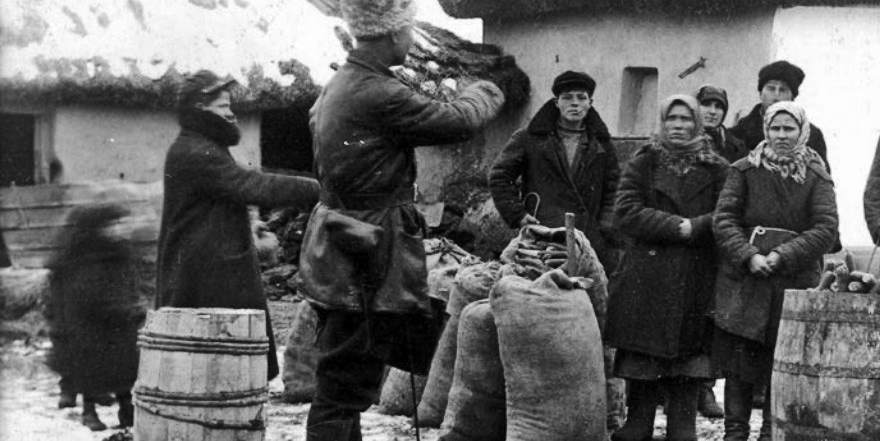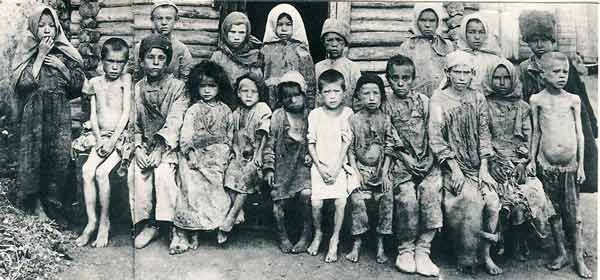
The Statue of Liberty on the dome of the Museum of Ethnography, Arts, and Crafts in Lviv, Ukraine.
Script for a Benefit Reading
Narrator: Thank you for attending the presentation this afternoon (or: this evening) that we are calling “Ukrainian History on Stage.” Our aim is to express our support for the Ukrainian people and their fight for freedom. We will hear the voices of Ukrainians who have spoken out in the past, and are continuing to speak out today, in the form of theater, stories, and poetry.
We are going to focus on turning points in the history of Ukraine over the past century or so. We’ll begin with a reading of a story written by Isaac Babel, a Jewish writer born and raised in Odessa, a city in southern Ukraine. The story is set during the Bolshevik Revolution of 1917 and 1918.
Then we’ll shift our attention to the famine in 1932 and 1933, about 15 years later. That is the setting for a one-act play that is based on Natalia Vorozhbyt’s drama, “Grain Storage.”
Our third reading is a one-act adaptation of “Labyrinth,” written by Oleksandr Viter and taking place in Maidan Square in Kyiv during the so-called “Revolution of Dignity” in 2014.
We will finish today with a reading of contemporary Ukrainian poetry.
(During this reading, the images below are displayed to the audience.)
1. Isaac Babel was born in the city of Odessa in 1894. Odessa is located in southern Ukraine on the coast of the Black Sea.



At the end of the 19th century, Jews facing persecution elsewhere in Eastern Europe were drawn to Odessa. And in the early decades of the 20th century, the city’s Jewish population was the third largest in the world, exceeded only by Warsaw and New York. Odessa hosted Jewish businesses, Jewish schools and theaters, and some 40 synagogues. Babel loved this cosmopolitan city of opposites – its “sweet and easy-going evenings in spring, the spicy scent of acacia, and the unwavering and irresistible light of the moon above the dark sea,” but also Odessa’s “very poor and crowded, long-suffering Jewish ghetto.”
During the Russia Revolution in 1917-18 and its aftermath, Ukraine fought a losing campaign for independence against Russia. Through the 1920s and 30s, Isaac Babel remained a Soviet citizen, although his writings were sometimes critical of the Stalinist regime. In 1939 he was arrested by Soviet police and imprisoned. Falsely accused of espionage and terrorism, Isaac Babel, 45 years old, was murdered by a firing squad on January 28, 1940. His story, “Gedali,” is set in Odessa in 1917-18.
[reading of “Gedali”]
2. Our second reading is a theater piece set in Ukraine during the famine of 1932 and 1933. Ukrainians call this time the “Holodomor,” derived from the words for hunger (holod) and extermination (mor). About four million Ukrainians starved to death in a famine that resulted from Stalin’s five-year plan to collectivize Ukraine’s agricultural economy. To implement the plan, Soviet soldiers and police went from one farm to the next, requisitioning amounts of food far above what the fields were capable of yielding.
 Soldiers confiscate grain from peasants in Novokrasne, Ukraine, in 1932.
Soldiers confiscate grain from peasants in Novokrasne, Ukraine, in 1932.
 Ukrainian children during Holodomor
Ukrainian children during Holodomor
In Moscow, Stalin proclaimed that Ukrainians were starving themselves in order to discredit the Soviet Union. And he refused to accept food donations from elsewhere. Historians Anne Applebaum and Timothy Snyder explain that what happened during the Holodomor famine was not inevitable. Soviet policy, writes Snyder,
“could have suspended food exports for a few months, released grain reserves, … or just given peasants access to local grain storage areas. Such simple measures … could have kept the death toll to the hundreds of thousands rather than the millions.”
Now to our reading.
[reading of adaptation of “Grain Storage”]
3. Our next dramatic reading is entitled “Labyrinth.” The setting is Kyiv’s Maidan Square in February 2014.

Some historical context: For over a decade, Ukrainians and their government had been seeking, a closer relationship with the European Union. That trajectory, establishing economic and political ties between the EU and Ukraine, was strongly supported by public opinion, but came to a halt in November 2013 when President Yanukovych, bowing to intense pressure from Moscow, rejected an agreement with the EU. Street protests began in Kyiv and other Ukrainian cities. Police violently dispersed crowds who gathered in Kyiv’s central square. A police force called “Berkut” – referred to in the play we’re about to hear – was especially brutal in arresting and killing protestors.

invisible
 Protestors building a barricade
Protestors building a barricade

The Maidan Revolution did succeed in overthrowing the ruling regime, but many lives were lost. We see above a gathering in Maidan Square to mark the first anniversary of the demonstrations in 2014 that left over a hundred protesters dead.
[reading of adaptation of “Maidan Labyrinth”]
4. We will finish today’s reading with a collage of contemporary Ukrainian poetry. Following the successful Euromaidan protest movement in 2014, Russia annexed Ukraine’s southernmost region, Crimea and also participated in a military campaign against Ukraine that was carried out by separatist groups in the eastern part of the country. This campaign was met with a Ukrainian counter-offensive, and the conflict continued for the next eight years, at the expense of great property destruction and the loss of many lives. Then in February 2022 Russia inaugurated a full-scale invasion of Ukraine.
Responding to this conflict have been many contemporary Ukrainian artists and writers. Our poetry reading today is based on work done by Lyudmyla Khersonska, Halyna Kruk, Kateryna Kalytko, and Serhiy Zhadan.
[poetry reading]
Thank you for attending our presentation this afternoon (or “evening”).